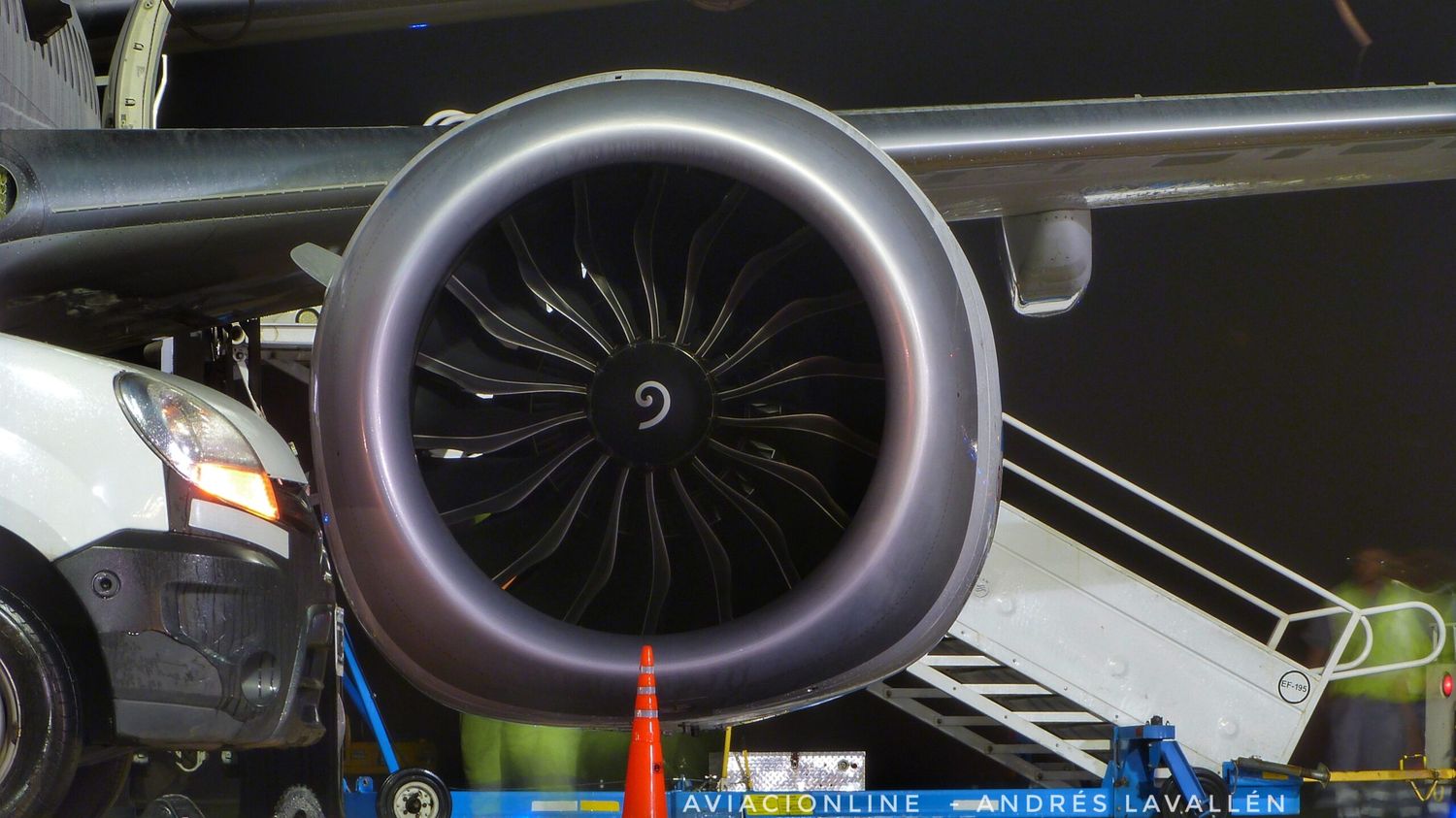During a preflight inspection of a 737 MAX, Boeing found that a bolt was protruding through a drain hole. Unlike the manufacturer had previously done when problems were detected, it decided to report the situation to the FAA. The FAA immediately took action.
A new problem for the 737 MAX
The problem is centered on bolts located on the underside of the engine, near the engine anti-icing system (EAI) grid. The anti-icing system works by injecting high-temperature air inside the leading edge of the engine cowling to prevent icing. Boeing determined that assembly line personnel installed some bolts with improper torque due to misuse of a torque wrench.
When the torque wrench is used beyond the allowable operating angle, it reports correct torque when in fact the torque is insufficient to achieve fastening. Due to engine vibration, the bolts can progressively loosen, eventually causing the bolts to come to lose completely.
FAA takes action
The FAA, immediately after being notified by Boeing, issued an airworthiness directive (AD) regarding the defect. AD 2023-06-10 (Docket FAA-2023-0440, effective April 11) states that «in the event that the fasteners are not secured, air exhaust from the EAI system could escape from the duct in two ways. In the first case, the EAI exhaust duct could vibrate excessively, which could lead to fatigue cracking of the exhaust duct. This would eventually result in the EAI exhaust duct rupturing.»
The text goes on to state, «In the second scenario, loose fasteners could allow exhaust air from the EAI to escape. This air causes heat damage. This can compromise structural integrity and ultimately results in failure of the entire assembly under normal flight loads.» If this part fails, the engine will unfailingly have to be shut down, either by airflow disruption or by ingestion of elements. Damage to the engine and its respective cowling could alter the airflow over the wing. Thus, the controllability and climb performance of the aircraft could be excessively reduced. In addition, the detached parts could affect the fuselage, causing injury to passengers.
The procedure for the repair is contained in service bulletin 737-SL-71-081-A, Revision A, dated March 3, 2023. It specifies the corrective actions. These include retightening bolts, repairing or replacing exhaust ducts, or replacing the Boeing 737 MAX engine inlet. Boeing specifies that the actions apply to all aircraft in service. However, subsequent inspections found that newer airplanes did not show improperly tightened EAI exhaust duct fasteners. Therefore, the order only applies to aircraft manufactured prior to the effective date of the AD.
Apparently, there aren’t many affected units
In a statement to Ainonline, Boeing said it had updated work instructions and implemented additional quality controls. It seeks to ensure proper installation of the duct, indicating that it identified only «a small number» of improperly tightened parts. «We are working with our customers to verify the correct installation of these items on the in-service fleet. This is not an immediate safety issue. However, we are working with operators to quickly perform these inspections.»
The FAA considers this AD an interim action and is evaluating if design changes may be necessary to prevent future exhaust duct failure.


Comentarios
Para comentar, debés estar registrado
Por favor, iniciá sesión